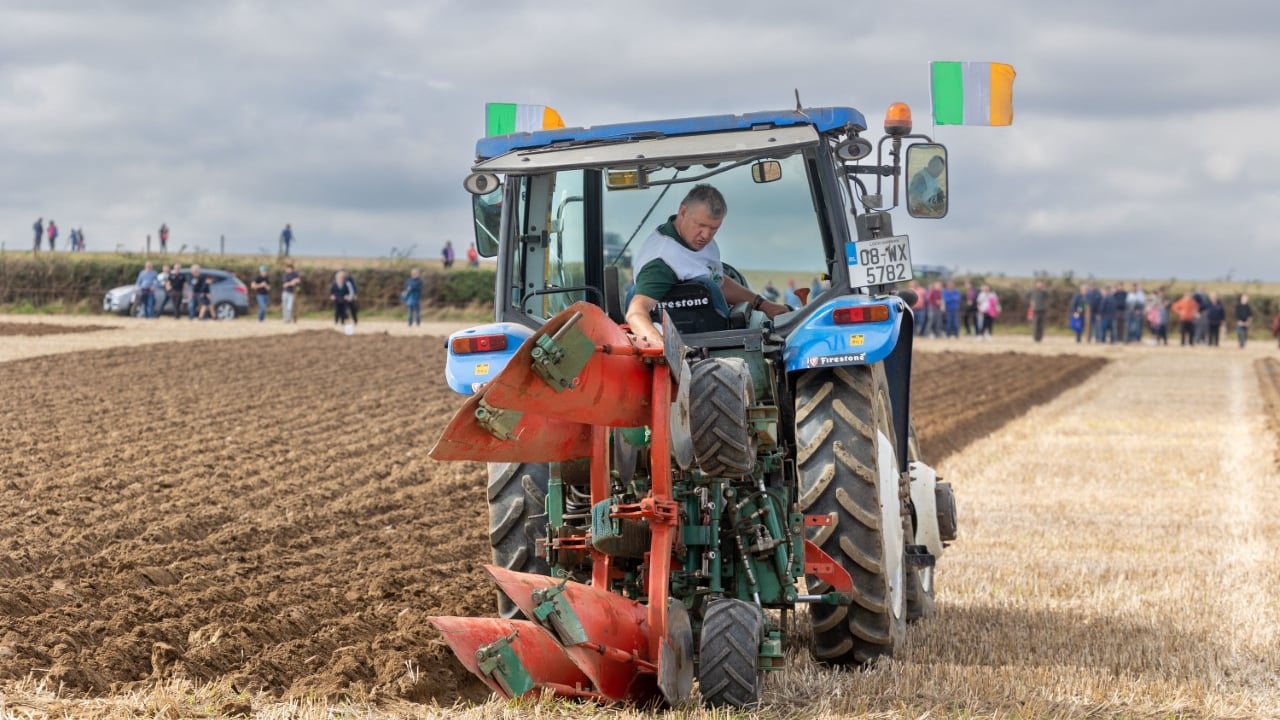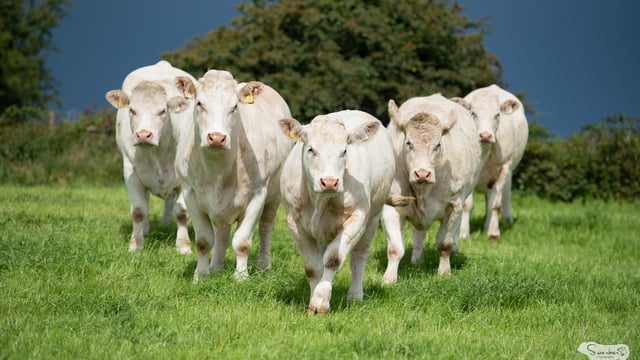Tillage farmers need to be aware of 'buffer strips'
Tillage farmers need to start thinking about how to manage buffer strips in accordance with the next Common Agricultural Policy (CAP) strategic plan which is just around the corner.
That is the advice from the Department of Agriculture, Food and the Marine (DAFM).
CAP’s new ‘green architecture' approach means there are three core elements that tillage farmers need to be aware of and these are conditionality, pillar II eco schemes and pillar II climate and environment-related interventions.
In relation to conditionality, CAP payments will be linked to a list of statutory requirements that farmers must be able to deliver on.
These will consist of Statutory Management Requirements (SMRs) and standards for the maintenance of land in Good Agricultural and Environmental Condition (GAECs).
The question many tillage farmers are now asking is how should buffer zones be managed in the next CAP?
Michael Moloney from the DAFM provided some answers to these questions on a recent episode of the Tillage Edge podcast.
He started off by outlining that buffer strips will increase from their current 2m width to 3m.
Moloney said: “This will take effect under the new GAEC-four regulation. The new nitrates’ regulations will also be brought into line with this requirement.
The conditionality measures embedded with the new CAP national plan will also have implications for late-harvested crops, such as potatoes.
Moloney added: “These would include vegetable crops, harvested after September 15.
“Again, these will be put in place to protect water courses."
According to Moloney, the buffer strip criteria are entirely separate to measures contained within the likes of the new Agri Climate Rural Environment Scheme (ACRES).
He said all Pillar II measures go beyond the "base line", which meets the criteria set down for the purposes of conditionality.
“The objective of schemes, such as ACRES, is that farmers are going beyond that," he said.
“So if a farmer growing potatoes or a late-harvested crop is also applying for ACRES, he will have to go beyond the 6m buffer zone width required for conditionality to get the additional money," Moloney explained.
But he stressed that this relates to land that "is directly adjacent to a water course”.
Moloney also outlined the impact of the recent wet weather and the effect this has had on farmers’ ability to complete stubble cultivation work.
“Where inspections take place, we will take each case on its individual merit,” he said.
“The purchase of seed would be one of these factors. However, in the case of farmers who went out and ploughed their entire arable area and left it at that, it might be a lot harder for them to argue their case,” Moloney said.





